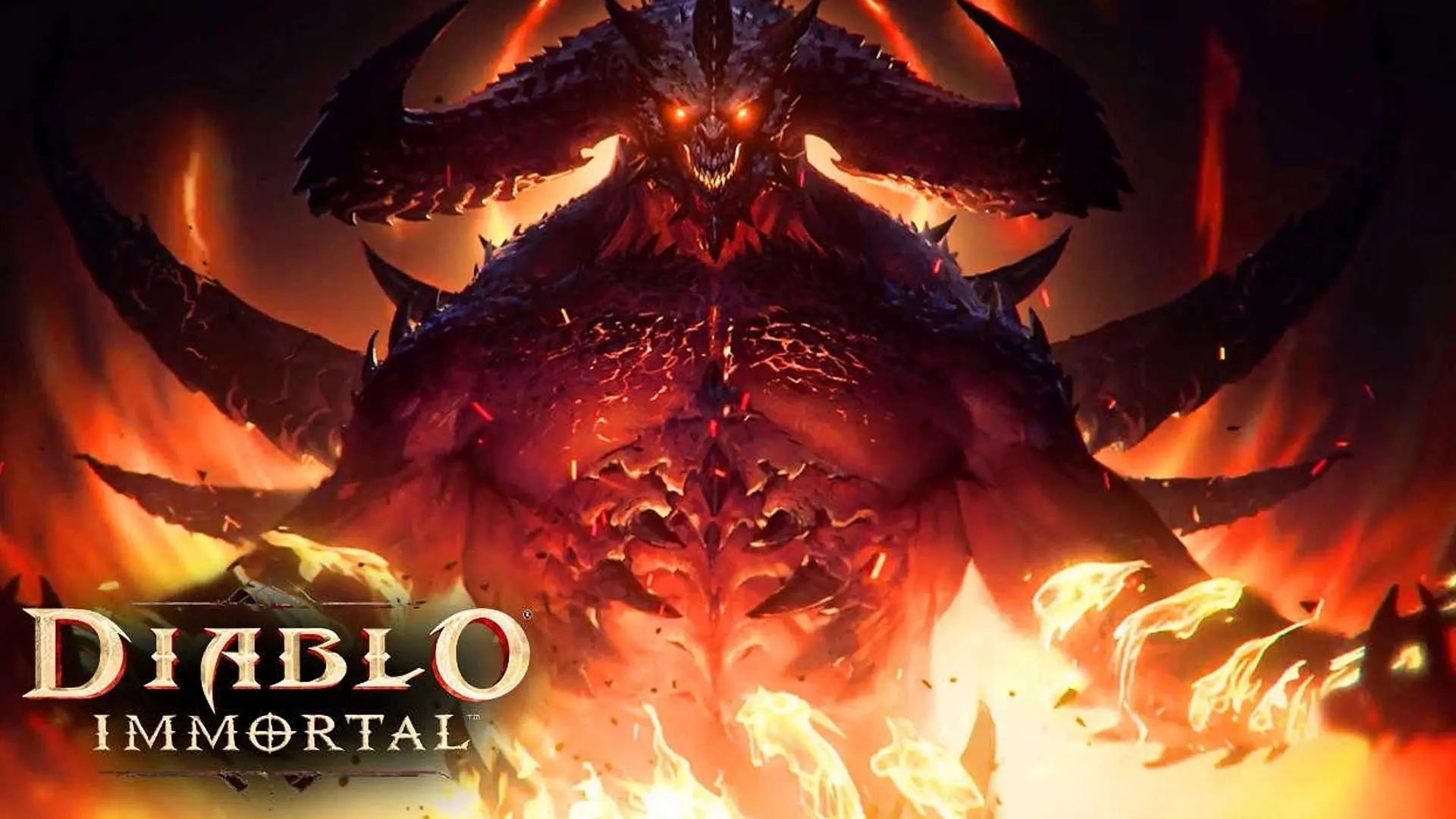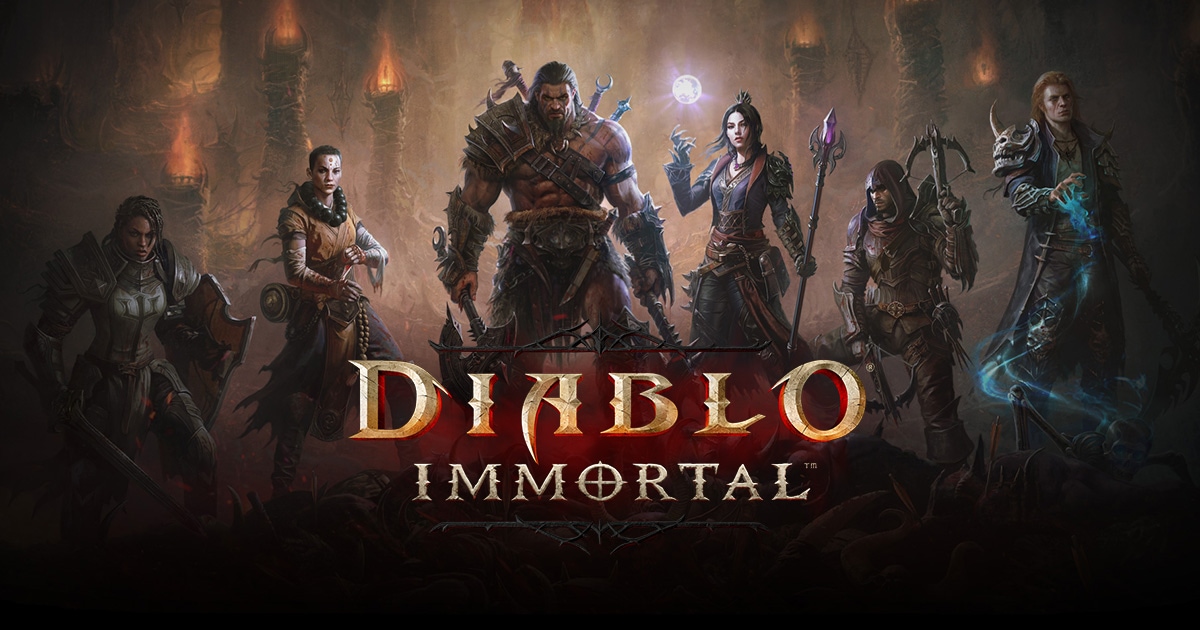Diablo Immortal: A Deep Dive into the Mobile ARPG Experience
Diablo Immortal, a free-to-play massively multiplayer online action role-playing game (MMOARPG) developed by Blizzard Entertainment and NetEase, represents a bold step for the iconic Diablo franchise into the mobile gaming landscape. Set between the events of Diablo II and Diablo III, it fills in the narrative gap while offering a distinctly mobile-first experience. While the game has faced controversy surrounding its monetization, it undeniably delivers a compelling and accessible ARPG experience with a vast world, engaging combat, and deep character progression.
Bridging the Gap: Story and Setting
Diablo Immortal plunges players into a Sanctuary ravaged after the destruction of the Worldstone. The fragments of the shattered stone, imbued with immense power, threaten to corrupt the land and its inhabitants. As a hero, players must embark on a quest to locate and destroy these fragments before they fall into the wrong hands, particularly those of the demonic forces still reeling from Diablo’s defeat.
The story features familiar faces like Deckard Cain and introduces new characters who add depth to the lore. The narrative unfolds across a variety of distinct zones, each with its own unique atmosphere, enemies, and questlines. From the haunted forests of Dark Wood to the scorching sands of the Shassar Sea and the frozen peaks of Mount Zavain, the game’s diverse environments are visually stunning and contribute to a rich and immersive world.
The game excels at providing bite-sized narrative chunks perfect for mobile play. Quests are typically shorter and more focused than in traditional Diablo titles, allowing players to make meaningful progress in short bursts. The story, while not as epic in scope as Diablo III, provides a compelling reason to explore the world and engage with the gameplay.
Classes and Character Progression: Defining Your Hero
Diablo Immortal offers six distinct classes at launch, each with its own unique playstyle and skill set:
- Barbarian: A melee powerhouse specializing in dealing massive damage up close with devastating strikes and powerful shouts.
- Crusader: A heavily armored warrior who excels at both offense and defense, utilizing holy magic and righteous fury.
- Demon Hunter: A ranged damage dealer who specializes in mobility and precision, using bows and crossbows to eliminate enemies from afar.
- Monk: A nimble and agile martial artist who focuses on swift strikes and crowd control, using their fists and mystic powers to defeat foes.
- Necromancer: A master of the undead, summoning skeletons and golems to fight alongside them while utilizing curses and bone magic.
- Wizard: A powerful spellcaster who manipulates the elements to unleash devastating attacks, controlling the battlefield with fire, ice, and lightning.
Each class features a robust skill tree that allows players to customize their character to fit their preferred playstyle. Skills can be unlocked and upgraded as players level up, allowing for experimentation and specialization. The game also features a robust itemization system, with a wide variety of weapons, armor, and accessories that can be found or crafted. These items provide stat bonuses and unique affixes that further enhance a character’s abilities.
Character progression doesn’t end at the level cap. The Paragon system allows players to continue to grow their characters even after reaching the maximum level, providing incremental stat boosts and unlocking new abilities. This system ensures that there’s always a sense of progression and something to strive for, even for seasoned players.
Gameplay: Action-Packed and Accessible
Diablo Immortal’s gameplay is a streamlined and refined version of the classic Diablo formula, perfectly adapted for mobile devices. The controls are intuitive and responsive, with a virtual joystick for movement and buttons for attacking and using skills. The game also features an auto-attack option, which can be helpful for casual players or those who prefer a more hands-off approach.
Combat is fast-paced and visceral, with hordes of enemies swarming the screen. Players must utilize their skills and abilities strategically to survive and overcome challenging encounters. The game features a variety of enemy types, each with its own unique strengths and weaknesses. Learning how to exploit these weaknesses is crucial for success.
The game also features a robust social system, allowing players to team up with friends or other players to tackle challenging dungeons and raids. These cooperative experiences are a key part of the Diablo Immortal experience, providing opportunities for teamwork and camaraderie.
The World of Sanctuary: Exploration and Activities
Beyond the main story campaign, Diablo Immortal offers a wealth of activities and content to keep players engaged. The world of Sanctuary is vast and explorable, with hidden areas, secret dungeons, and challenging events waiting to be discovered.
- Elder Rifts: Short, randomized dungeons that offer a chance to earn valuable loot.
- Challenge Rifts: Increasingly difficult dungeons that test a player’s skill and build.
- Cycle of Strife: A player-versus-player (PvP) system that allows players to compete for dominance in the game world.
- Raids: Challenging cooperative encounters that require teamwork and coordination.
- World Events: Dynamic events that occur throughout the world, offering opportunities for players to earn rewards.
The constant stream of activities and content ensures that there’s always something to do in Diablo Immortal.
Monetization: The Elephant in the Room
Diablo Immortal’s monetization system has been a source of significant controversy. While the game is free to play, it features a variety of in-app purchases, including:
- Eternal Legendary Crests: Used to modify Elder Rifts, guaranteeing a legendary gem drop at the end. These gems are crucial for character progression.
- Battle Pass: Provides access to exclusive rewards and cosmetics.
- Cosmetics: Character skins and other cosmetic items.
The primary concern revolves around the perceived "pay-to-win" aspect of the game. While it’s possible to progress through the game without spending money, acquiring the best gear and maximizing character power is significantly easier and faster with real-money purchases. This has led to criticism that the game prioritizes monetization over player enjoyment.
Blizzard has made some adjustments to the monetization system since launch, but the core concerns remain. Players should be aware of the potential for spending money before diving into the game.
Conclusion: A Compelling, Yet Controversial, Mobile ARPG
Diablo Immortal is a well-crafted and engaging mobile ARPG that successfully translates the Diablo experience to a new platform. The game features stunning visuals, addictive gameplay, a compelling story, and a vast world to explore. The class system is well-designed, and the character progression is deep and rewarding.
However, the game’s monetization system casts a shadow over the entire experience. The potential for "pay-to-win" can be off-putting to some players, and it’s important to be aware of the potential costs before investing significant time and effort into the game.
Despite its flaws, Diablo Immortal is a worthwhile experience for fans of the ARPG genre. If you can look past the monetization, you’ll find a compelling and addictive game that offers hours of entertainment. Whether the gameplay and Diablo universe elements outweigh the monetization concerns is ultimately a decision each player must make. Just be aware of what you’re getting into before you delve into the world of Sanctuary on your mobile device.

